Classifying Organisms
1/31
There's no tags or description
Looks like no tags are added yet.
Name | Mastery | Learn | Test | Matching | Spaced |
|---|
No study sessions yet.
32 Terms
There have been many different ideas about how to ________ living things.
classify
Aristotle placed all organisms into two large groups—plants and _______.
animals

Carolus Linnaeus placed all organisms into two main ________.
kingdoms
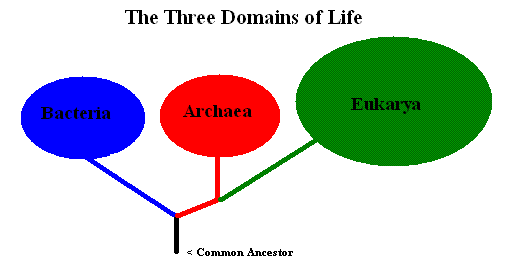
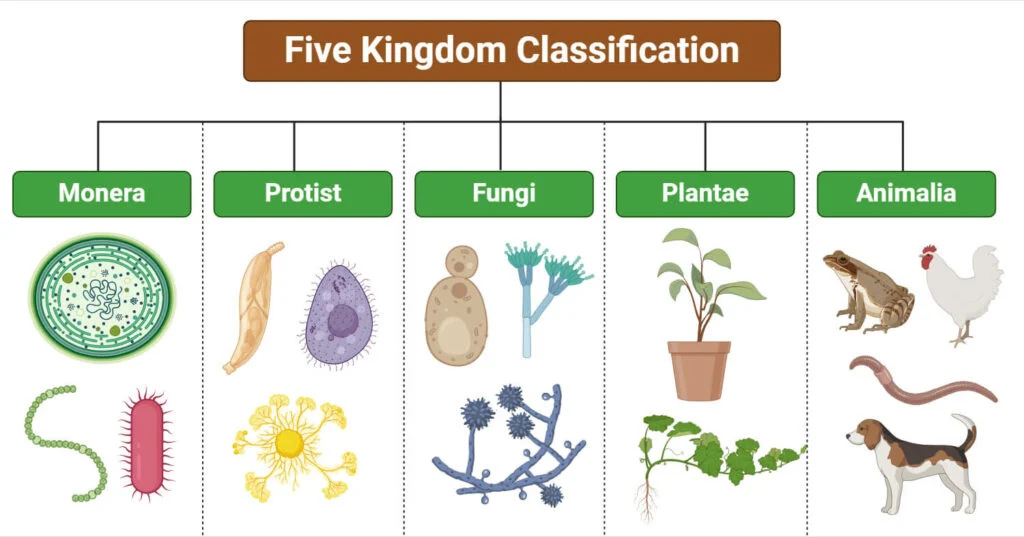
In 1969, an American biologist proposed a five-kingdom system for classifying organisms that included the kingdoms Monera, Protista, _______, Fungi, and Animalia.,
Plantae

The current system used for classifying _________ is called systematics.
organisms
Systematics uses all the ___________ that is known about organisms to classify them.
information
Organisms are classified into one of three _______—Bacteria, Archaea, and Eukarya—and then into one of six ________.
domains, kingdoms
When Linnaeus grouped organisms into kingdoms, he also developed a system for naming organisms. His system of _____________________ gives each organism a two-word scientific name, such as Ursus Arctos for a brown bear.
binomial nomenclature
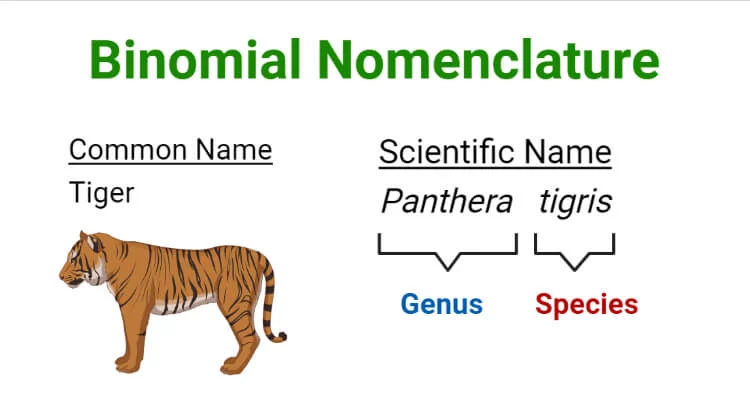
A(n) _______ is a group of organisms that have similar traits and produce fertile offspring.
species
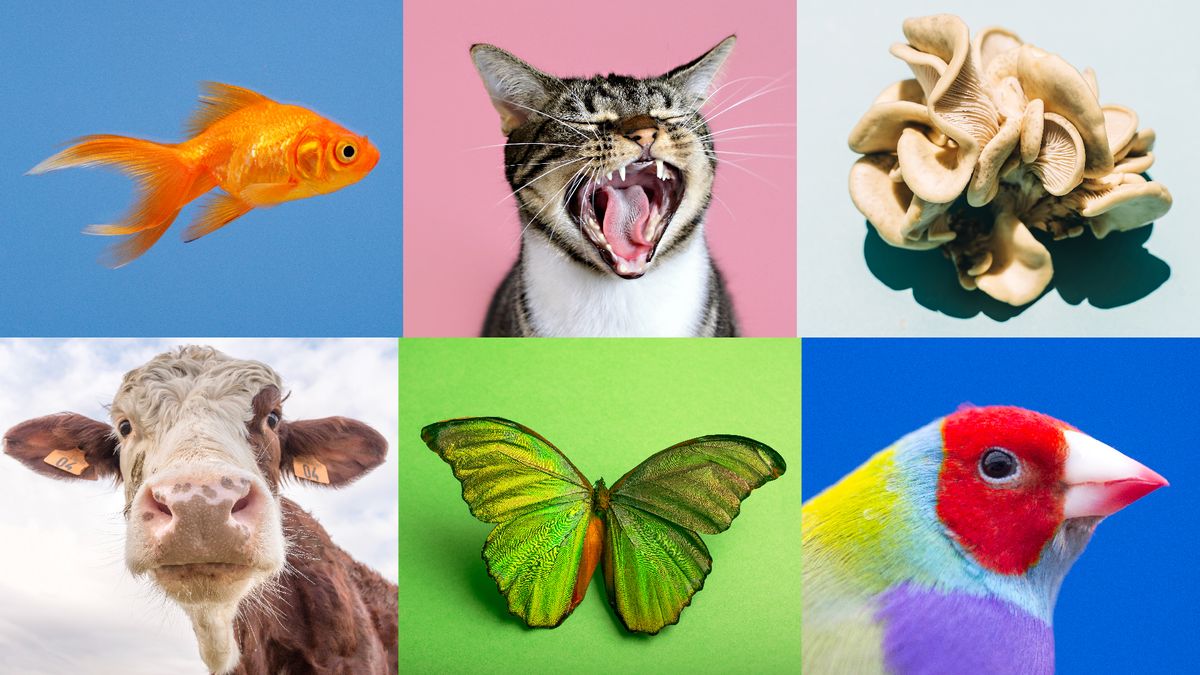
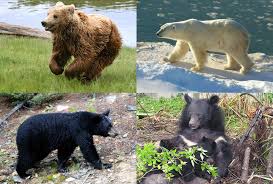
In a scientific name, the first word is the organism’s _____, such as Ursus.
genus
The second word in a scientific name identifies the _______.
species
Similar species are grouped into one _____.
genus
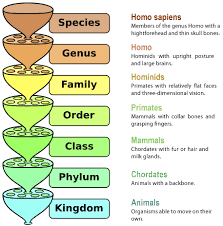
Similar genera are grouped into ________ and then into orders, classes, phyla, kingdoms, and domains.
families
Each species has its own _______________, which is the same all over the world.
scientific name
A(n) _______________ is a series of descriptions arranged in pairs that can be used to identify an unknown organism.
dichotomous key
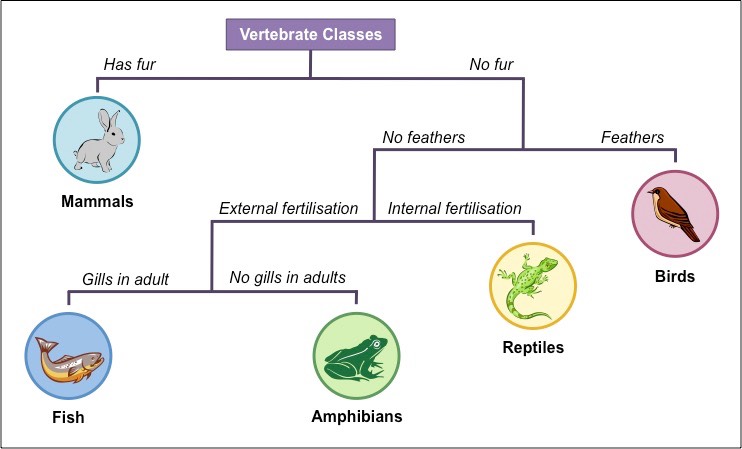
The chosen description leads to another pair of descriptions or to the identification of the _______.
species
A(n) _________ is a branched diagram that shows the relationships among organisms.
cladogram

New characteristics appear before each ______.
branch
Amphibians lay ____ that do not have hard protective coverings, or _______.
eggs, shells
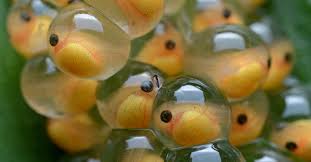
Young amphibians live in water and have _____; most adults develop _____ and live on land.
gills, lungs

Lizards, ______, turtles, crocodiles, and alligators belong to the class ________.
any reptile, Reptilia
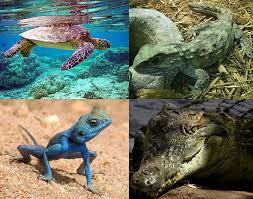
All reptiles have ___ skin that is covered in ______.
dry, scales
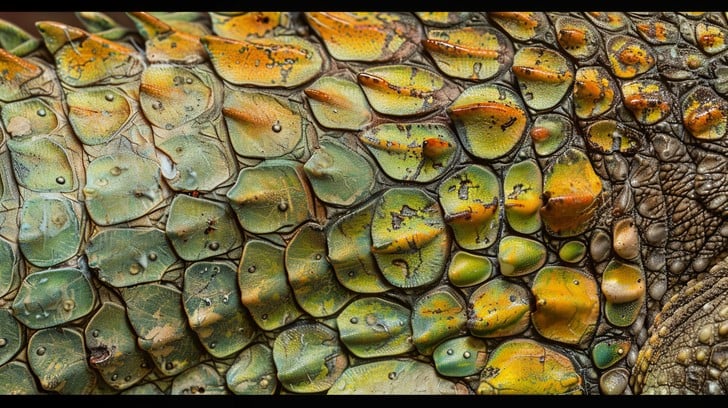
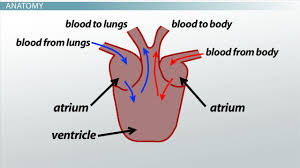
Like amphibians, most reptiles have three-chambered ______.
hearts
Unlike amphibians, lizards and other reptiles have _____ throughout their lives.
lungs
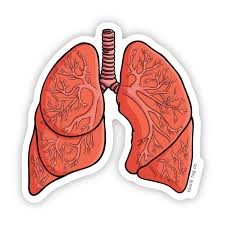
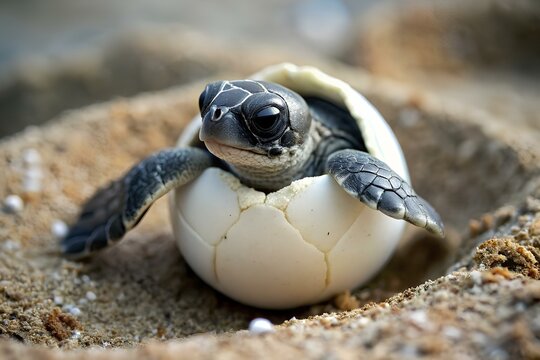
Most reptiles lay fluid-filled ____ with ________ shells.
eggs, leathery
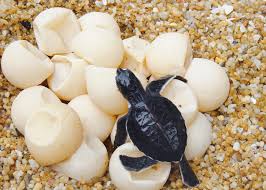
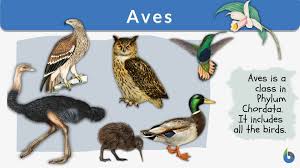
All birds are in the class ____.
Aves
Many birds can ___, and they have stiff ________ that enable them to move through the air.
fly, feathers
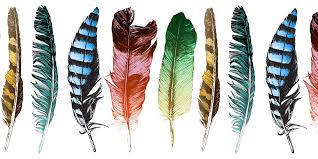
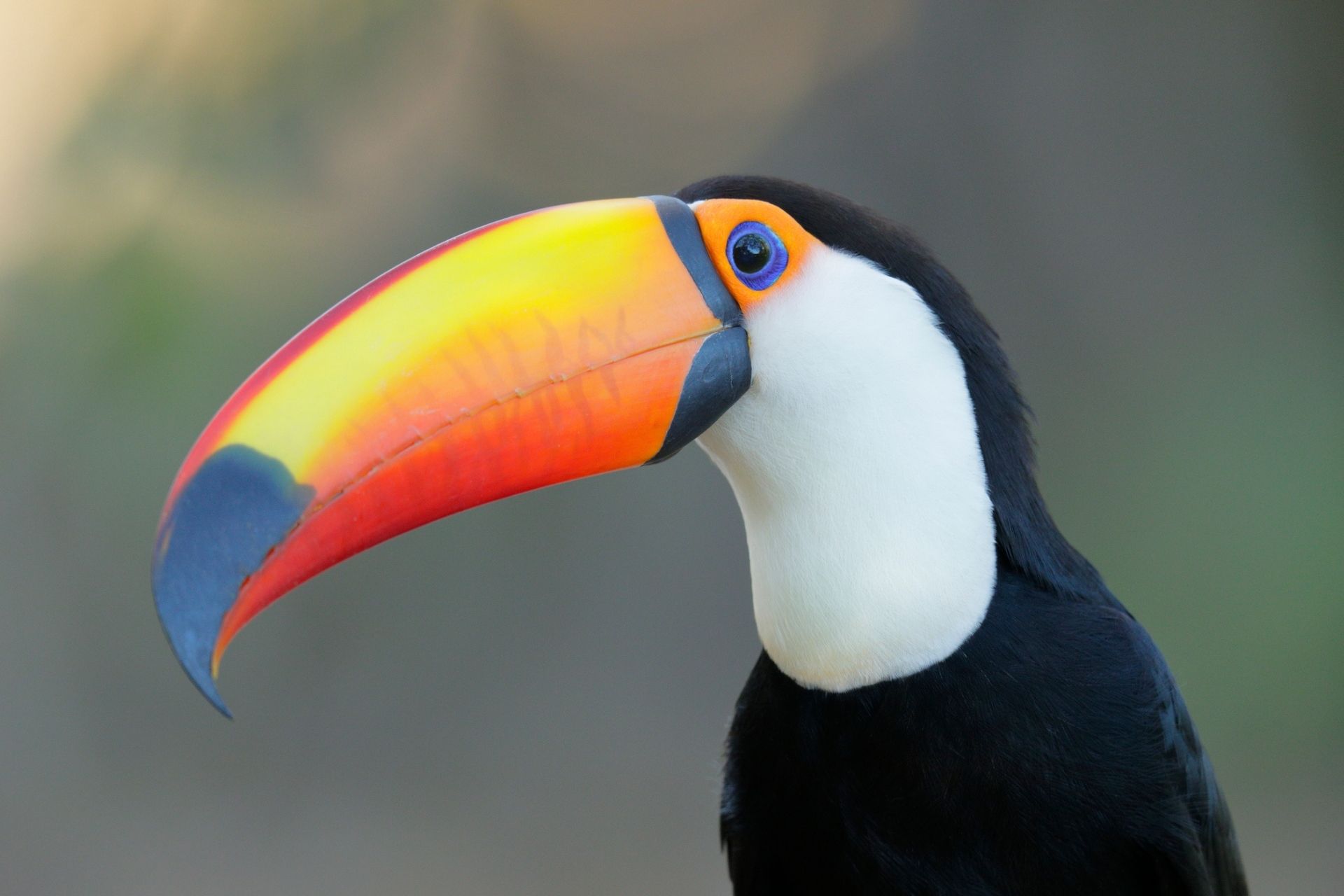
Birds have _____ and do not chew their food; instead, their digestive systems include ________, which are organs that help grind food into smaller pieces.
beaks, gizzards
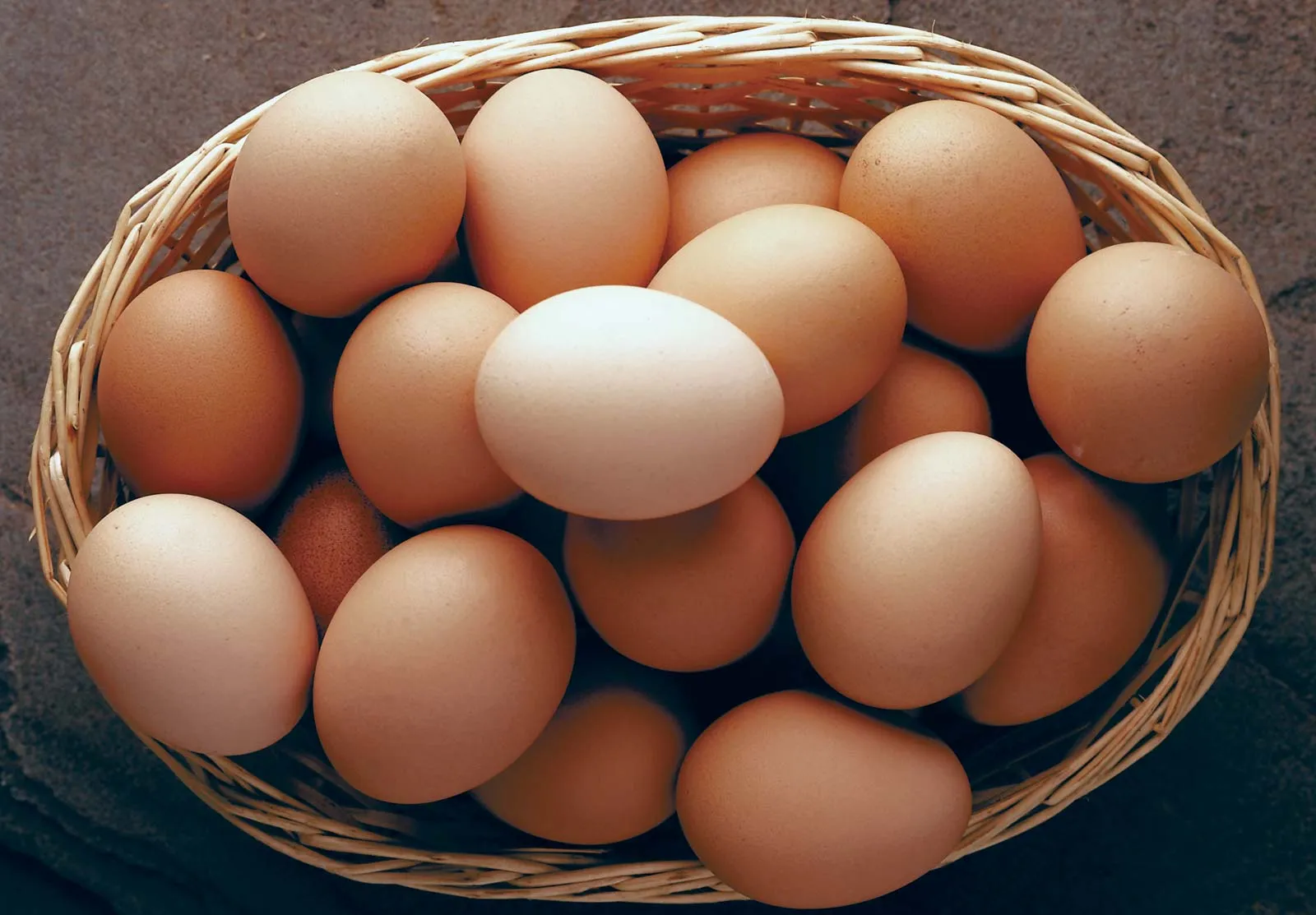
Birds lay fluid-filled ____ with hard shells and fead and care for their _____.
eggs, young
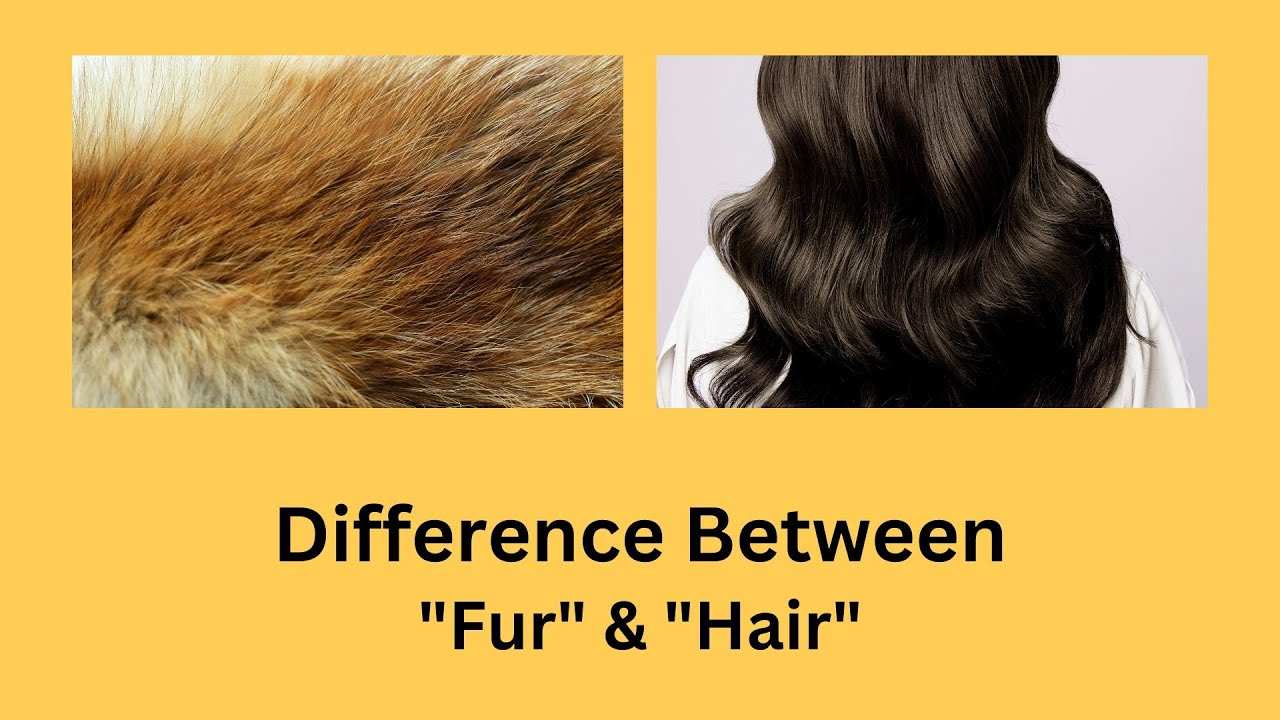
All mammals have hair or ___ covering their bodies.
fur
_______ glands produce milk that feeds young mammals.
Mammary
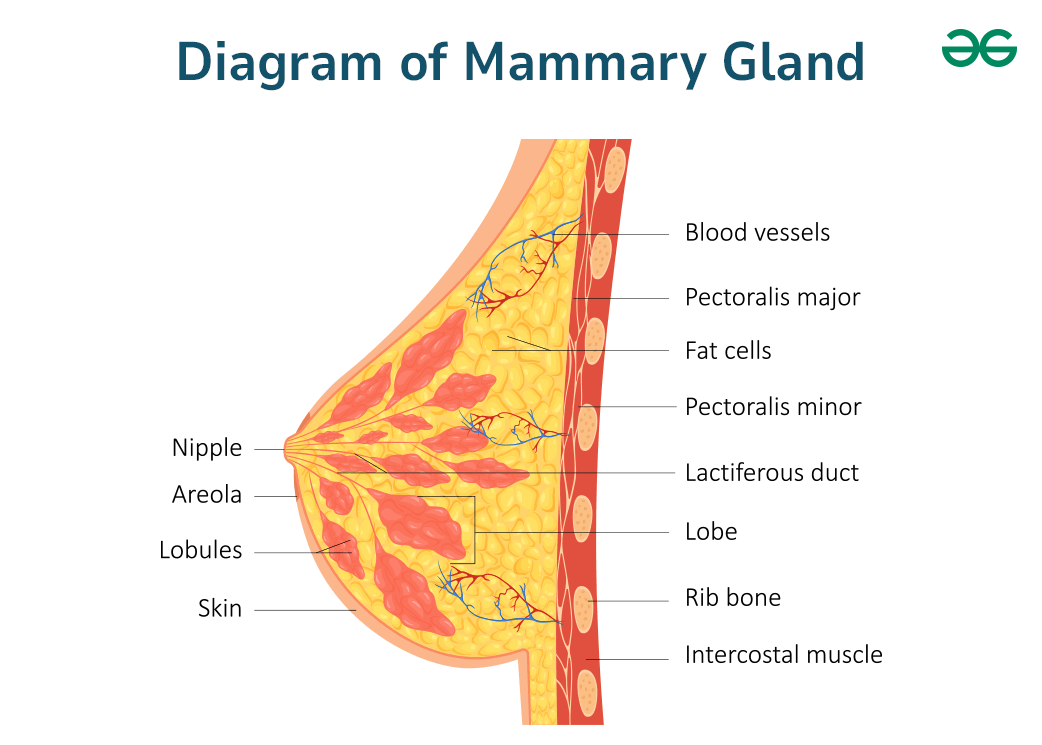

Although many mammals have ____ young, a few species, including the duck-billed platypus, lay eggs.
live